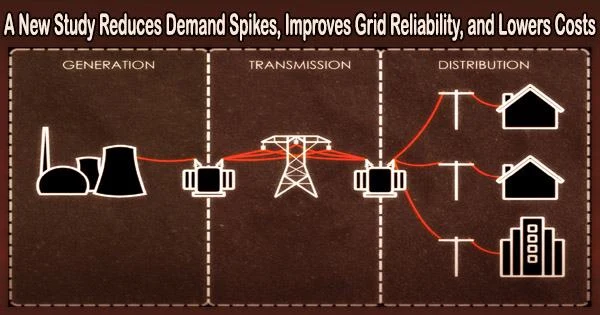Policymakers and utility corporations are growing more worried about how severe weather could affect the country’s power systems. Texas’ electrical networks have recently undergone a great deal of stress, almost to the point of collapse.
So it makes sense that recent research published in the INFORMS journal Management Science identified a novel approach as the best way to use “direct load control contracts” to alleviate power demand surges, boost grid dependability, and cut electricity costs. All of this right down to the individual household.
“With this tool, utilities can quickly determine which customers to reduce power to, and for how long, while limiting the amount of time in a year that any one customer is affected,” says Ali Fattahi of Johns Hopkins University. “Direct load control contracts affect only households that volunteer (in exchange for a break on their electricity bills).”
Our results suggest the model could reduce the utilities’ peak-demand energy costs by about 5%. And it showed a reduction in summer peak demand from 36,000 to 32,000 megawatt hours.
Professor Sriram Dasu
According to the report, “Peak Load Energy Management by Direct Load Control Contracts,” utilities may reduce demand spikes by managing air conditioners and other devices in home and commercial buildings, assuaging concerns across the country.
This study offers a more effective method for creating direct load control contracts that will lower the overall cost of producing power during peak hours.
“Let’s say you’re going to be away from your house for an extended period, one or two months. With this program, you can coordinate with the power company to reduce the load your house is placing on the grid during that time, freeing up energy that can be directed to people on your grid who are home,” says Fattahi.
Fattahi, alongside study co-authors, Sriram Dasu and Reza Ahmadi of the University of Southern California, Los Angeles, say that while utilities could rely on rolling blackouts or widespread brownouts to reduce peak demand, demand-response mechanisms such as direct load control contracts mean that power cuts will affect only households that volunteer.
The scientists used electricity use data from three California utilities between 2009 and 2014 to evaluate the model.
“Our results suggest the model could reduce the utilities’ peak-demand energy costs by about 5%. And it showed a reduction in summer peak demand from 36,000 to 32,000 megawatt hours,” says Dasu, professor in the Marshall School of Business at the University of Southern California, Los Angeles.
















